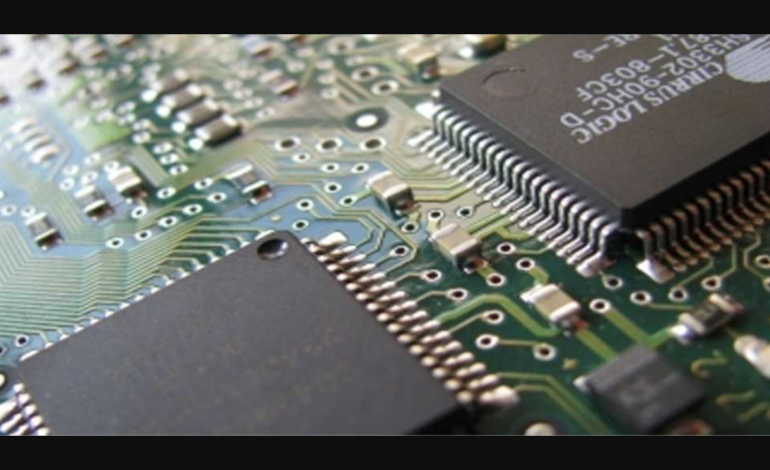
US chip tariffs: No major short-term impact on India
India is unlikely to face any significant short-term consequences due to the recent US tariffs on semiconductors, as the country is not a major exporter of chips to the US, said the India Electronics and Semiconductor Association (IESA) on Thursday.
According to Ashok Chandak, President of IESA, India’s import duty on semiconductors is already zero, eliminating concerns about reciprocal tariffs. Most of India’s upcoming semiconductor manufacturing and Outsourced Semiconductor Assembly and Test (OSAT) facilities cater to global brands, ensuring minimal disruption to local demand.
India’s increasing domestic semiconductor consumption is expected to rely on locally manufactured chips, reducing dependence on imports. In the long run, Indian semiconductor brands will not be significantly disadvantaged, as the US tariff will likely apply uniformly to all exporting nations, Chandak added.
The Donald Trump administration’s decision to impose a 25% or higher tariff on semiconductor imports is expected to reshape the global semiconductor industry, impacting costs, supply chains, innovation, and geopolitical relations.
The tariff will notably affect imports from Taiwan, South Korea, and China, which dominate global chip manufacturing. The increased costs will likely be passed on to consumers, making electronic devices such as smartphones, laptops, electric vehicles, and industrial electronics more expensive.
Major companies like Apple, NVIDIA, and Tesla, which rely on semiconductor imports, may face higher production costs, potentially reducing profit margins or increasing product prices.
To mitigate risks, businesses may diversify their supply chains by sourcing chips from tariff-free regions or increasing domestic investments. However, setting up semiconductor fabs is a complex and costly process, with each facility requiring investments of $10 billion to $25 billion.
“Companies must carefully evaluate multiple factors before making investment decisions, including talent availability, tax policies, regulatory frameworks, and environmental and labor market conditions,” IESA stated.